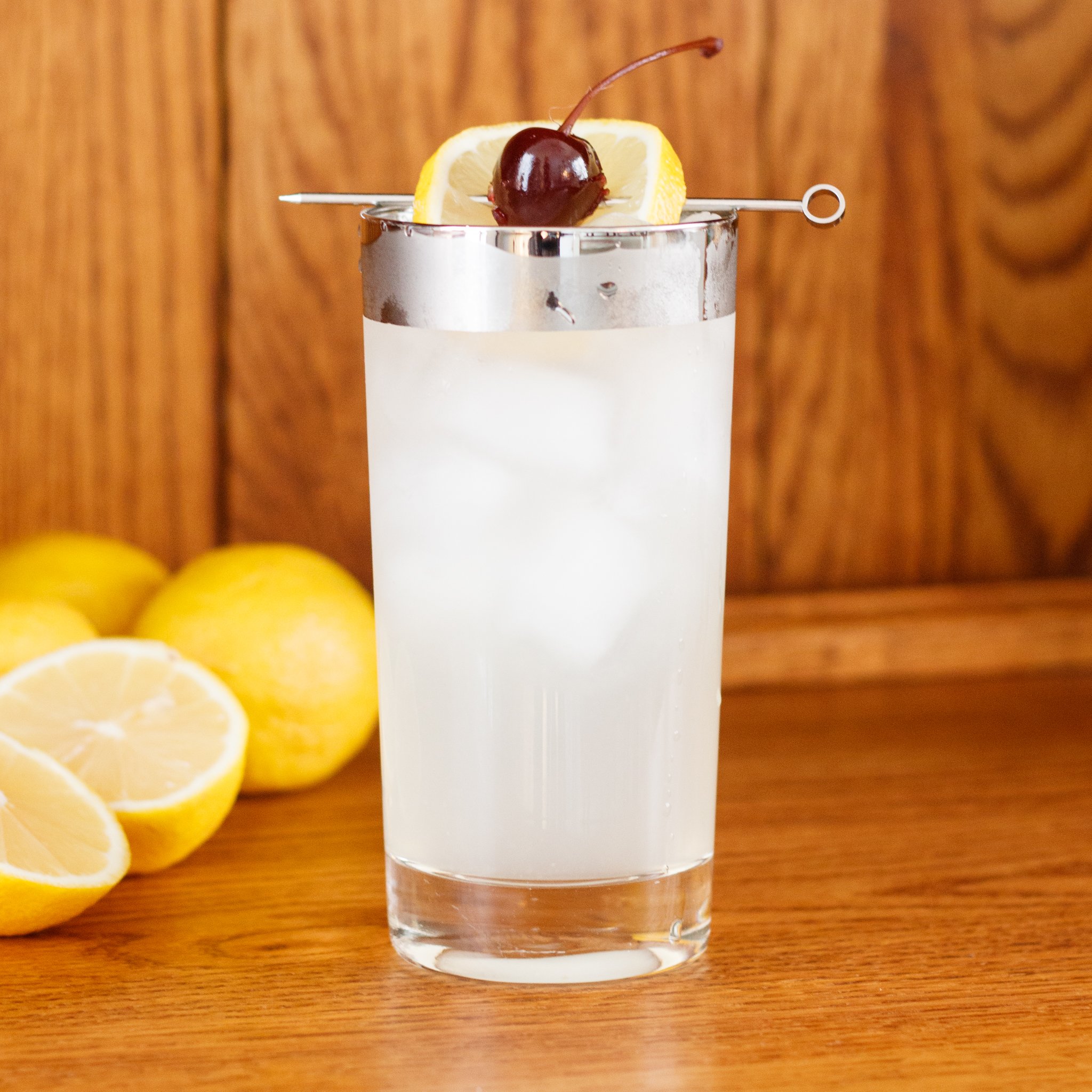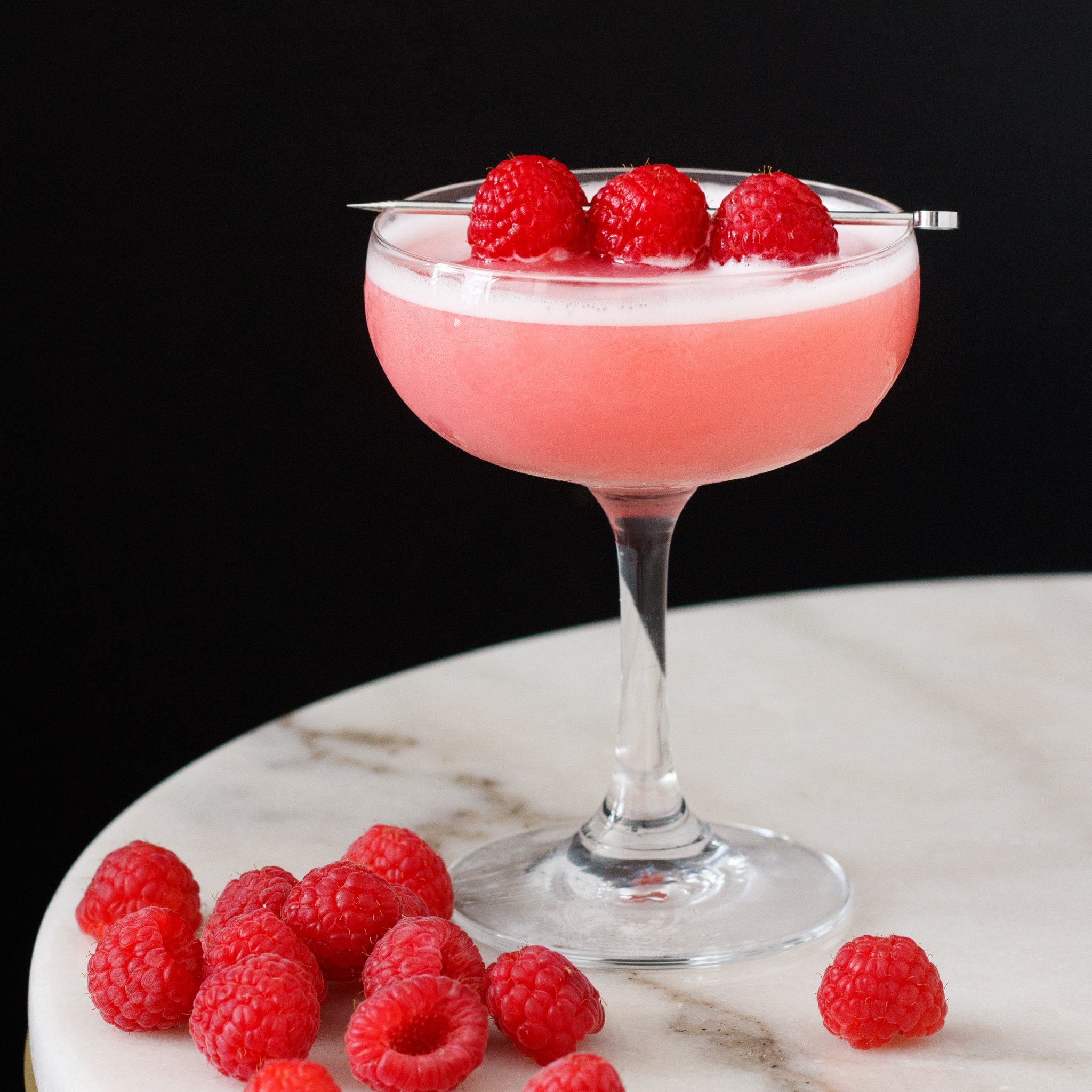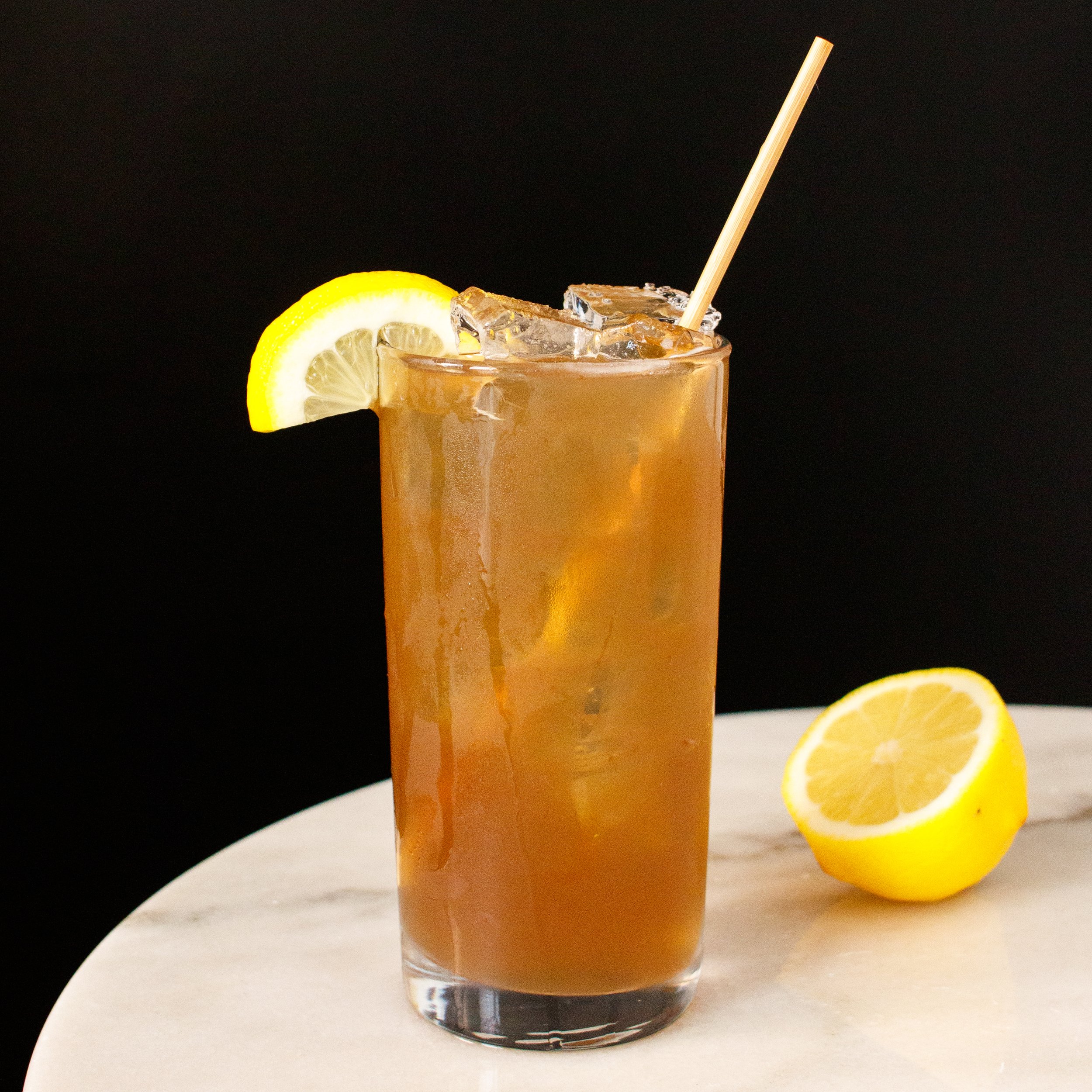1 ounce cognac
1 ounce light rum
1 ounce Cointreau or triple sec
1/2 ounce lemon juice
Combine all ingredients in a cocktail shaker with plenty of ice. Shake until frosty and strain into a chilled coupe glass. Garnish with a lemon or orange twist if desired
Harry MacElhone from Harry’s New York Bar is often given credit for inventing a whole slew of classic cocktails, like the French 75, the White Lady, the Old Pal, the Monkey Gland, The Bloody Mary, and the Sidecar just to name a few. But dig any further than the surface and it’s much more realistic to say his bar just popularized recipes rather than actually creating them.
The modern version of the Between the Sheets is basically just a twist on a classic sidecar. If you eliminate the sugar rim and add some white rum, boom, you have a between the sheets. Many older recipes actually call for gin rather than brandy though. Some cocktail historians believe that the true origin story of this cocktail is that it was invented in the United States sometime during prohibition as a gin-based cocktail, but that when Harry’s Bar heard about the recipe, they switched the gin for cognac to make it smoother and more elegant.
Either way, the cognac and rum based version from Harry’s bar is the one that really took off and became the iconic and classic Between the sheets that people know today.










